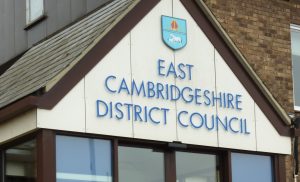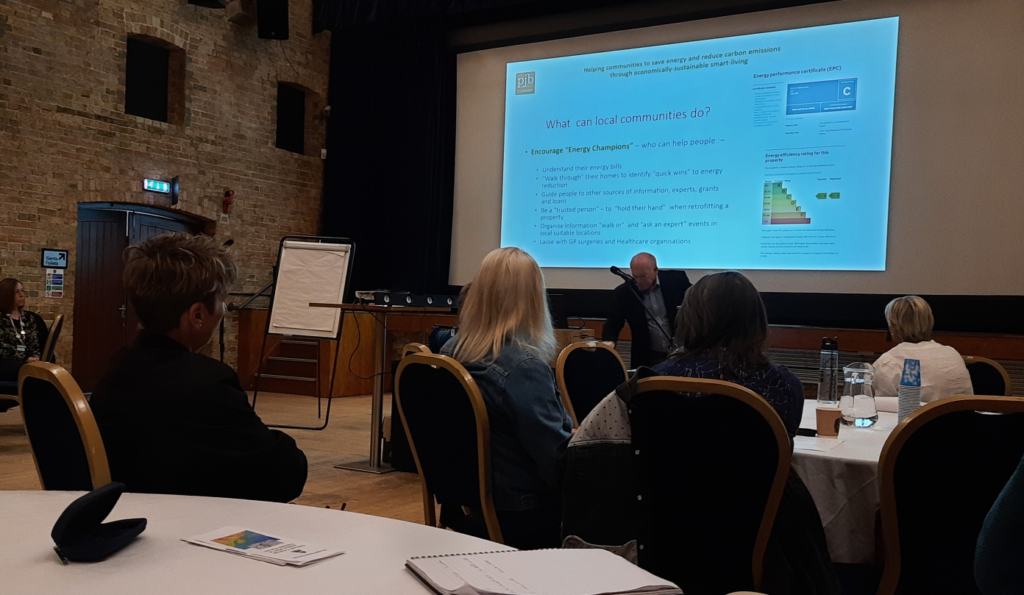
This week is Mental Health Awareness Week.
One in four people across the country will experience a mental health problem in any given year. Mental health problems and illnesses include anxiety, depression, addiction, personality disorders and psychosis.
Experiencing a mental health problem can be upsetting and very frightening. It is important to know you are not alone and that there are a wide range of services and support available to you. These include online support and information services, helplines, talking therapies, counselling and crisis mental health support, as well as specialist mental health help.
There are a number of services, listed below, that you can access or self-refer to. Self-refer means you do not need to have been referred by your GP or medical professional to use the service.
Below, you will find information on local support and services. You can also find further information at www.nhs.uk/mental-health
You can also contact your GP who will be able to provide advice on how to deal with your symptoms and talk to you about treatments and support services available locally.
Local support and services
- Keep Your Head keep-your-head.com
Information on mental health and wellbeing support and local services for young people and adults across Cambridgeshire and Peterborough. - How Are You (H.A.Y.) haycambspboro.co.uk
An interactive local website that brings together information on activities and support in your local community to help boost mental health and wellbeing. - Lifeline – lifecraft.org.uk, 0808 808 2121
A free, confidential helpline that you can call anonymously to talk to a trained volunteer. Lifeline is available daily 11:00AM – 11PM. - Mind – CPSLMind, cpslmind.org.uk
A mental health charity providing a range of services and support for people with mental health problems and promoting positive mental health across Cambridgeshire and Peterborough. - Qwell and Kooth
Free online wellbeing services offering chat-based counselling, peer support and self-help (qwell.io – for ages 18+ and www.kooth.com for ages 11-25).
Crisis support – NHS 111 Option 2
If you feel you are in a mental health crisis, urgent support is available in our area 24/7 through 111. Simply dial 111 and select option 2. You will be put through to a trained advisor who will speak to you and discuss your current mental health needs.
Psychological Wellbeing Service
Psychological therapy for mild to moderate depression or anxiety for anyone aged 17+. You do not need a diagnosis to access the service and can self-refer by visiting cpft.nhs.uk/psychological-wellbeing-service







